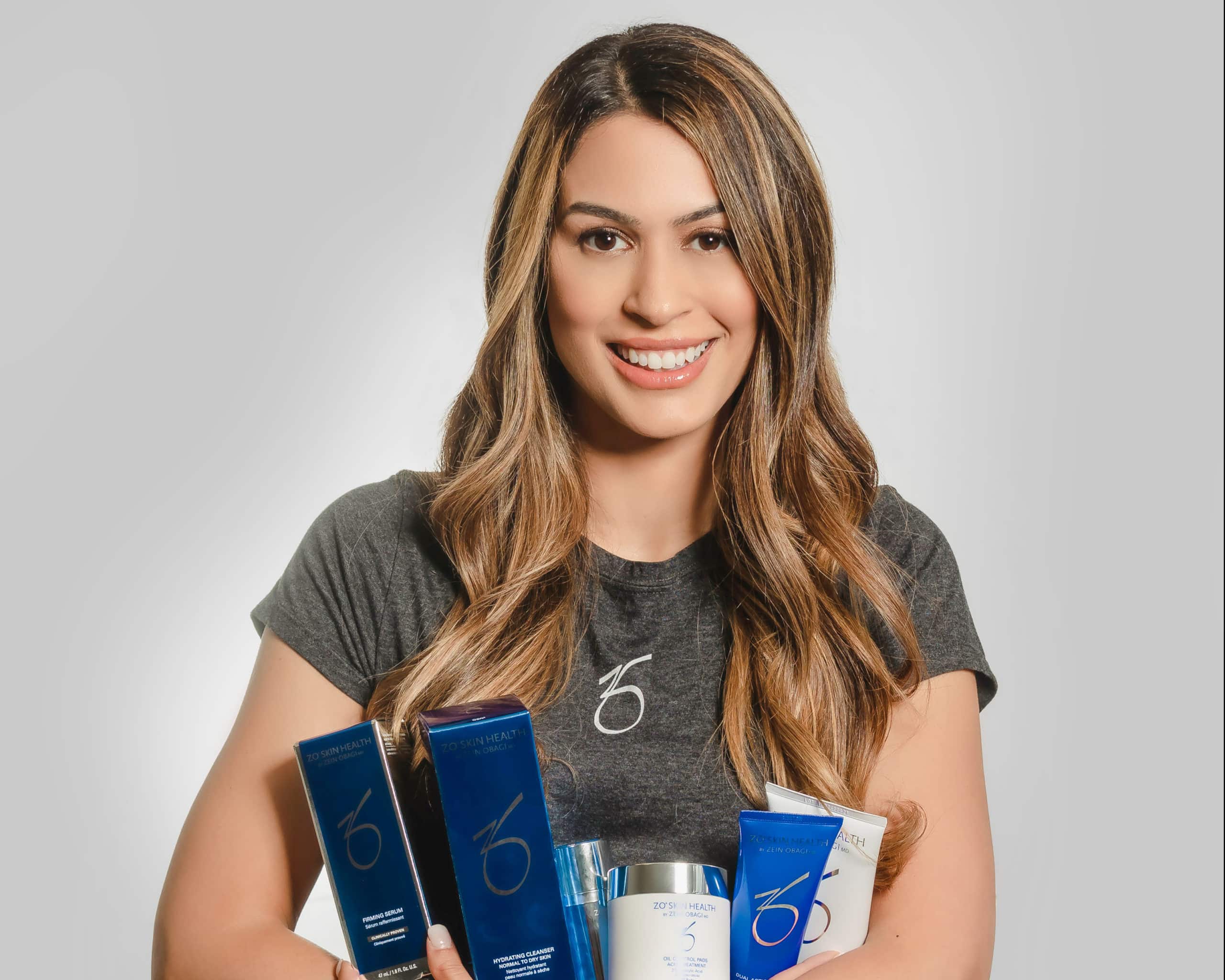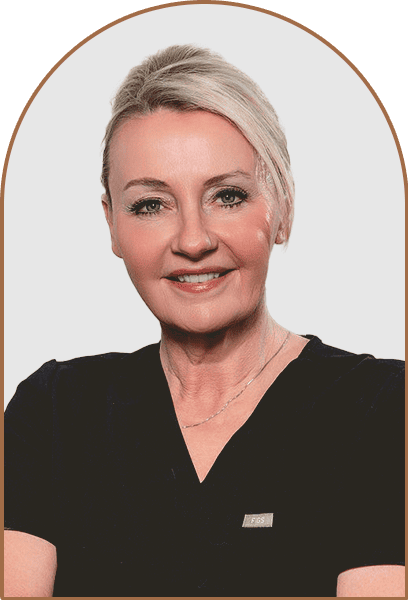How to Choose Between Medical-Grade and OTC Skin-Care Products

The decision to elevate your regimen from over-the-counter products to medical-grade skin care can feel like a big step—not just because it requires an appointment with a credentialed professional but also because of the financial commitment. So why are more and more people choosing the option that requires a larger investment?
Because, frankly, the investment pays off. There’s a visible difference in the results you can get with products formulated with the highest-quality ingredients (and that an expert has determined will complement your skin’s natural biology).
If you’re interested in going beyond the basic, surface-level differences, read on for deeper answers to some common questions.
What’s the difference between medical-grade, pharmaceutical-grade, and prescription skin-care products?
The terms “medical-grade” and “pharmaceutical-grade” can be used interchangeably. It means they’re FDA-regulated products that can be purchased at a medical clinic or med spa. Prescription products, meanwhile, must be authorized by a provider because they’re intended to treat medical conditions and often contain more potent concentrations of their active ingredients.
How do I know if I need a prescription?
It’s best to speak with a qualified professional, but most people can benefit from medical-grade products without a prescription. Take tretinoin, for instance, which most people call “retinol.” It’s scientifically proven to stimulate cell turnover and keep pores clear, which is why many dermatologists prescribe it to patients with severe and persistent acne, but not for those who use it to stave off fine lines and wrinkles. For that application, it makes more sense to purchase retinol at a med spa.
How can I be sure medical-grade skin care is worth it?
Both medical- and pharmaceutical-grade skin-care products are overseen by the Federal Drug Administration and held to high standards. They’re required, for example, to contain ingredients that are 99% pure, with no fillers or impurities. And all claims about their benefits must be supported by clinical research studies. This way, when you read a label that promises to improve the appearance of wrinkles and dark spots, you can be certain those results were proven in tests monitored by scientists.
OTC products, on the other hand, don’t always need to validate their concentrations. Those classified as drugs—such as active ingredients in sunscreens or acne treatments—must be labeled accordingly. Other than that, however, there’s no regulation. Many of them tout a certain popular ingredient as the key element, but you can’t know exactly how much of it you’re getting.
Does that mean medical-grade skin care is stronger?
Just because a medical-grade product has a higher level of purity, it doesn’t mean that it’s necessarily “stronger.” It does, however, mean that it’s easier to adjust the level of your treatment. ZO Skin Health, for example, offers their Retinol Skin Brightener in three concentrations: 0.25%, 0.5%, and 1%. Many people benefit from this by starting with 0.25% and then moving up as their skin learns to tolerate the ingredient more. Since the concentration level of OTC products is less clear, it’s difficult to use this approach.
How do medical-grade skin care and OTC products differ beyond purity and concentration?
You have two layers of skin that need to be nourished: the epidermis, the outermost layer, and the dermis, a deeper layer that contains important proteins like collagen and elastin.
Because OTC products contain a smaller concentration of active ingredients, they tend to only deliver a veil of moisture, making skin feel softer and appear more radiant while leaving the dermis untreated.
Medical-grade products, on the other hand, contain innovations that enable them to penetrate deeper and treat the skin over a longer course of time. ZO Skin Health’s ZOX12 technology, for instance, slow-releases encapsulated Vitamins A, C, and E into the skin so that these antioxidants can protect it for a full twelve hours. This also helps stimulate collagen and elastin—the proteins responsible for firm, taut, and bouncy skin, both of which decrease with age.
How personalized can medical-grade skin care get?
When you wander down the beauty aisles of your drugstore or department store, you’re probably looking for something to address a specific skin-care goal or an existing concern. This requires you to diagnose your issue, determine the root cause, and then devise a solution on your own.
Medical-grade skin care, on the other hand, is developed with both short-term and long-term goals in mind, while also targeting a variety of other skin-care issues. When you see your dermatologist, nurse practitioner, or aesthetician, they will examine your skin up close, listen to your concerns, and take down your history in order to comprehensively assess the problem before determining the best skin-care regimen. By having products tailored for you, the results tend to come faster—and last longer.
If you’d like a professional opinion about how to upgrade your skin-care regimen, schedule a consultation with one of our experts. We’ll help you find the best at-home medical-grade products to complement your facial treatment so you can enjoy the best version of your skin today, tomorrow, and for years to come.
You can also view our full range of ZO skin-care products in our online shop and reach out to us with any questions.





